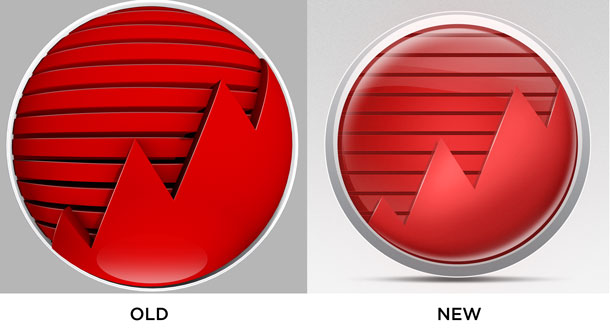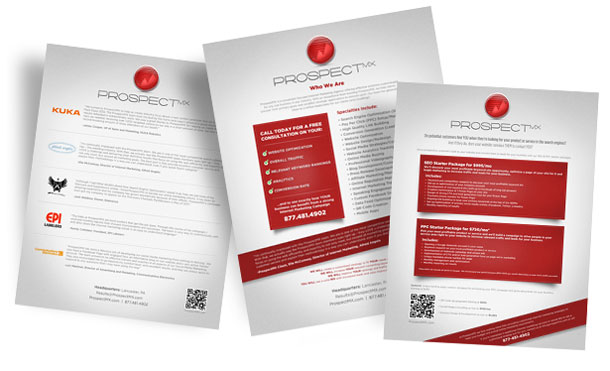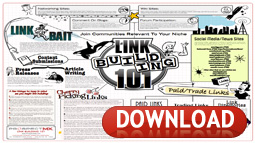4 Ways To Integrate Your Marketing Strategy
There is one goal for your marketing campaigns: generate revenue either through sales or brand awareness that leads to future sales. However, your ability to effectively maximize your profits from investments in social media, e-mail, PPC campaigns, SEO, and blogging hinges on your ability to integrate all of these tools into a focused, cohesive strategy that uses each channel to build up the other. Here are 5 tips on how to develop an integrated marketing strategy.
![]()
Integrate E-mail with Social Media
An e-mail campaign is an effective way to directly connect with customers. When your promotion lands in customers’ inboxes, you have their attention since they most likely signed up for your list expecting something valuable. If you create something they want, then it stands to reason that you need to provide simple ways for customers to share your e-mail campaign on social media.
Many e-mail marketing programs offer options to share a campaign on Facebook and Twitter, but don’t forget to include social media calls to action within the body of your e-mail message such as “Share this message now…” DJ Waldow at the Social Media Examiner suggests adding incentives, such as a prize, discount, or publicity for those who share your campaign on social media.
Integrate Blog Posts with E-mail, Social Media, and PPC
As you work on creating effective PPC campaigns that attract customers to your blog by targeting keyword phrases, make sure you send these visitors to a relevant landing page on your blog that will drive conversions such as sales, blog subscribers, newsletter subscribers, and social media shares. When you’re organizing a campaign to promote a product, you’ll certainly want to write a lot of content on your blog in support of it, but when you’re linking to your site from a PPC campaign, the landing page should be specially tailored for those visitors.
A good landing page, according to Corey Eridon at HubSpot, should offer clear value to customers, include sharing buttons, minimal links to other parts of your website, and provide clear calls to action.” At the bottom of your landing page, consider adding additional links to related posts on your blog, such as the E-mail Marketing landing page at Copy Blogger. In addition, you can evaluate your conversion rates in order to find which keywords are most effective on your blog and then write more content related to those keywords in order to boost yourself in that niche. Sarah Goliger of HubSpot writes, “You should be paying less attention to volume metrics (like number of clicks and number of impressions) and more attention to performance metrics like cost-per-click (CPC), cost-per-acquisition (CPA), and conversion rate. These will show you how well each of your keywords and ad groups is doing for the amount of money you’re spending.”
Integrate Your Blog with Social Media
Share your blog posts automatically and set up additional shares so that your top content gets more exposure. Your blog is a powerful tool to increase engagement with your customers. Zach Hofer-Shall writes for Forrester Research, “too many companies have siloed data practices, keeping marketing and business data on one side of the organization and social media data on another. But as I often say – if you only listen to social media, you only learn about social media. To get the most out of marketing to your customers, you must integrate it with other data. Leveraging data and making use of both 1st and 3rd party data to tailor content appropriate to you audience will drive more viewers to your blog.”
Integrate Your E-mail Marketing
Coordinate your e-mail marketing efforts. According to HubSpot, there are many different kinds of e-mails your marketing team could be sending out, such as “automated emails to blog email subscribers and leads who have been entered into a lead nurturing campaign, weekly/monthly newsletters highlighting your top content, or individual dedicated sends just to promote your new offers.” You need to know who is receiving which e-mail and where your various leads are in the process. The key to successfully nurturing leads is to collect demographic data. HubSpot is particularly effective at this and offers a 10-point list of what you need to collect, such as job title, role at company, and pages viewed. With better data in hand, you can effectively funnel your leads to the correct e-mail marketing list and build relationships with customers.
This guest post is written by Lior Levin, a marketing consultant for a company that offers a variety of Pre shipment inspections, and who also consults for a psd to html online company.





